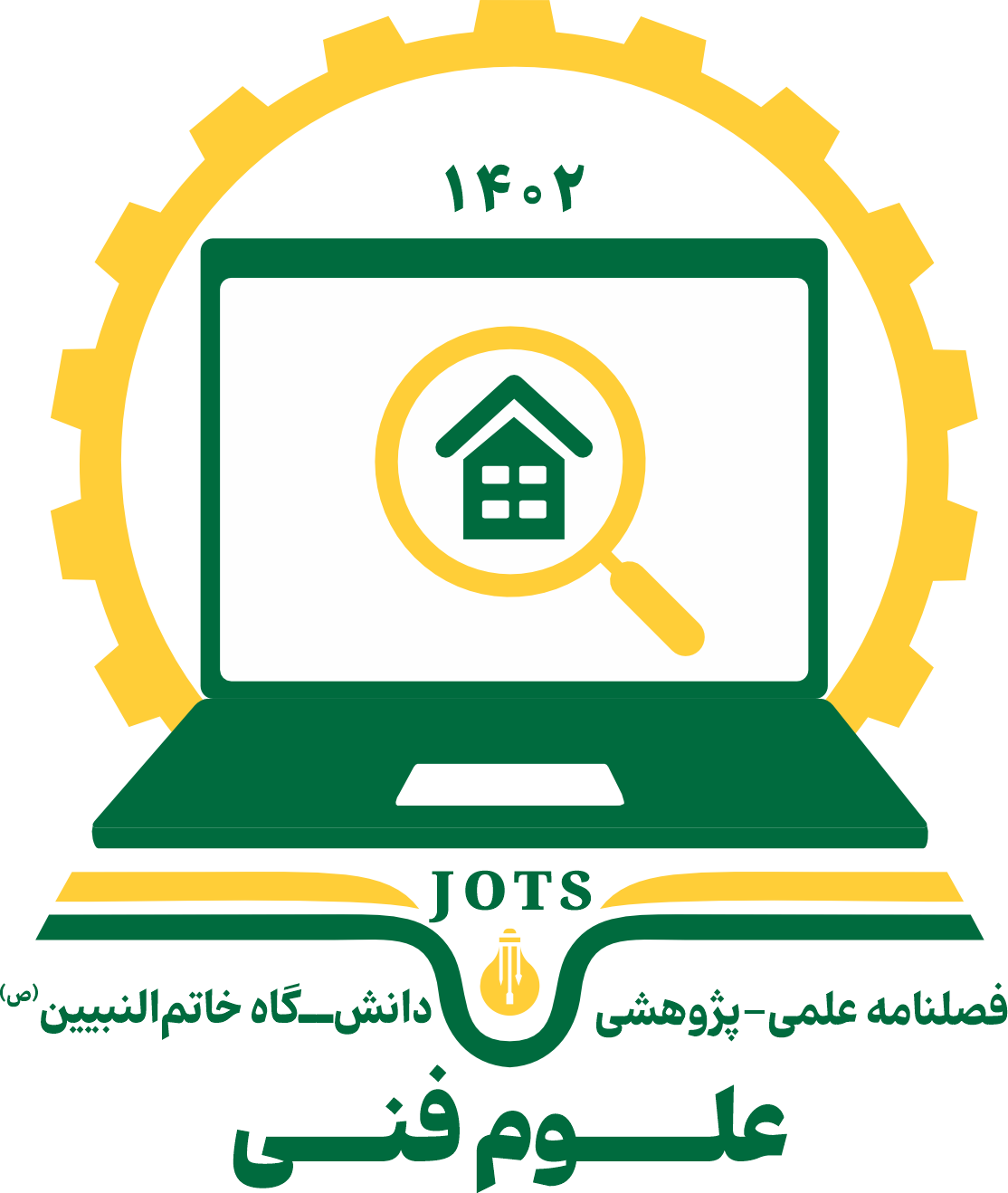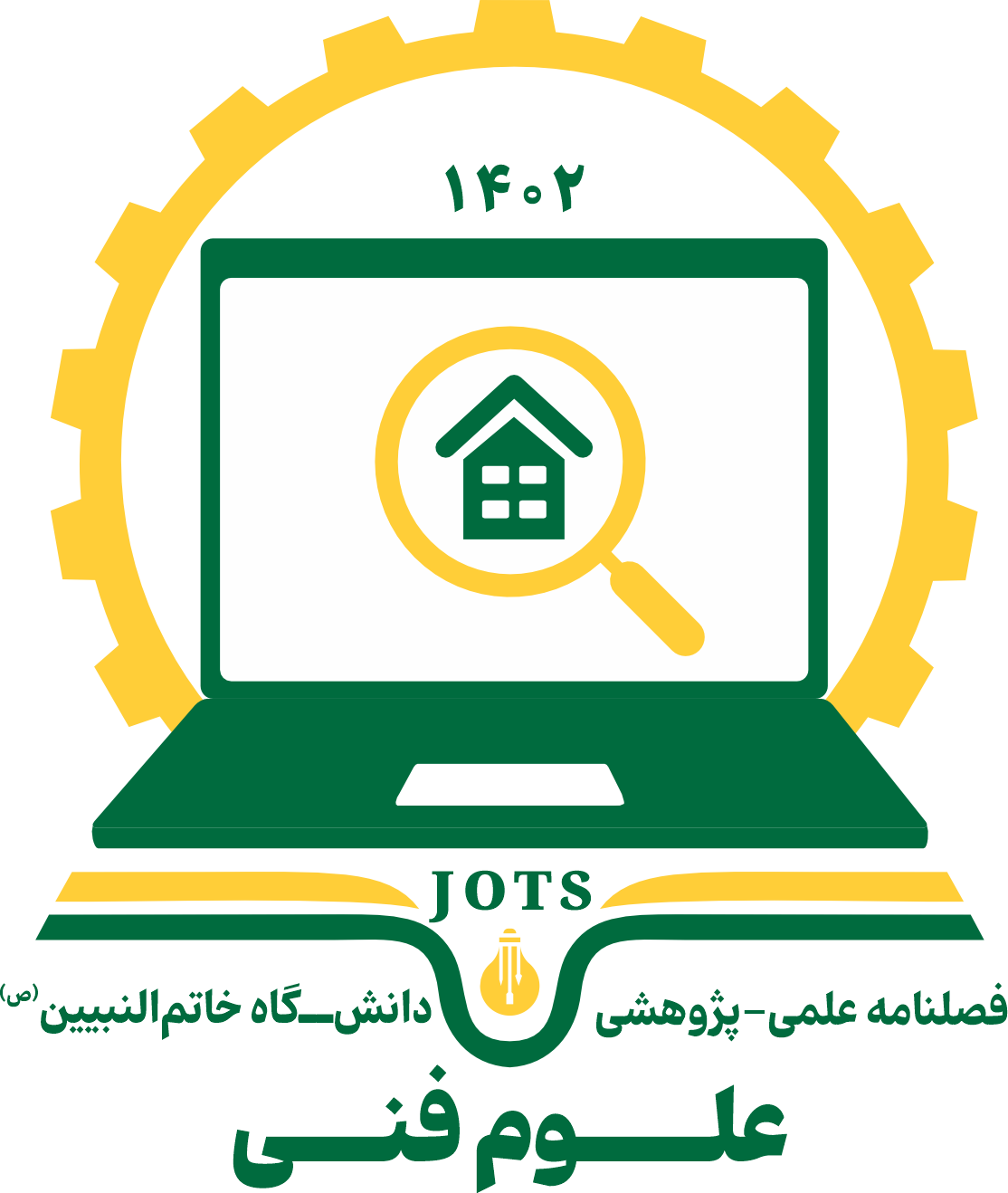
Scientific-Research Quarterly Journal of
Technical Science

Volume 1, Issue 1 (3-2024)
JOTS 2024, 1(1): 47-60 |
Back to browse issues page
Download citation:
BibTeX | RIS | EndNote | Medlars | ProCite | Reference Manager | RefWorks
Send citation to:



BibTeX | RIS | EndNote | Medlars | ProCite | Reference Manager | RefWorks
Send citation to:
Garbrecht M, Kashifi M F. Review of Afghanistan's Renewable Energy Sector: Prospects and Challenges. JOTS 2024; 1 (1) :47-60
URL: http://jots.knu.edu.af/article-1-25-en.html
URL: http://jots.knu.edu.af/article-1-25-en.html
Abstract: (739 Views)
Energy availability is critical not just for economic progress, but also for any attempt to enhance a country's health and social welfare. Afghanistan's energy industry is in disarray as a result of many years of conflict and neglect. Despite foreign organizations' assistance and recent energy regulations, Afghanistan lacks widespread access to power. Furthermore, the electricity supply is distributed irregularly in the dwellings. There is an increasing imbalance between demand and supply, and current demand forecasts do not reflect reality due to slowed economic development. The capacity of Afghanistan's power industry to become self-sufficient in electricity generation would be critical to its sustainability and security. Thus, the goal of this research is to review Afghanistan's present energy situation and to identify energy prospects for self-sufficiency as well as problems in many parts of energy sources. Afghanistan can develop its indigenous hydrocarbon and renewable energy resources to fulfill energy demand. Afghanistan can meet its primary energy needs by increasing its domestic energy potential from natural resources. Furthermore, with the proper and planned execution of renewable energy policies, energy efficiency objectives, and strategies, Afghanistan may achieve energy self-sufficiency goals while also advancing socioeconomic growth.
Full-Text [PDF 571 kb]
(304 Downloads)
Translation: Mr. Sayed Mohammad Sajjadi
Master's student in Renewable Energy Engineering, University of Tehran, Tehran, Iran
Master's student in Renewable Energy Engineering, University of Tehran, Tehran, Iran
Type of Study: Applicable |
Subject:
General
| Rights and permissions | |
 |
This work is licensed under a Creative Commons Attribution-NonCommercial 4.0 International License. |


